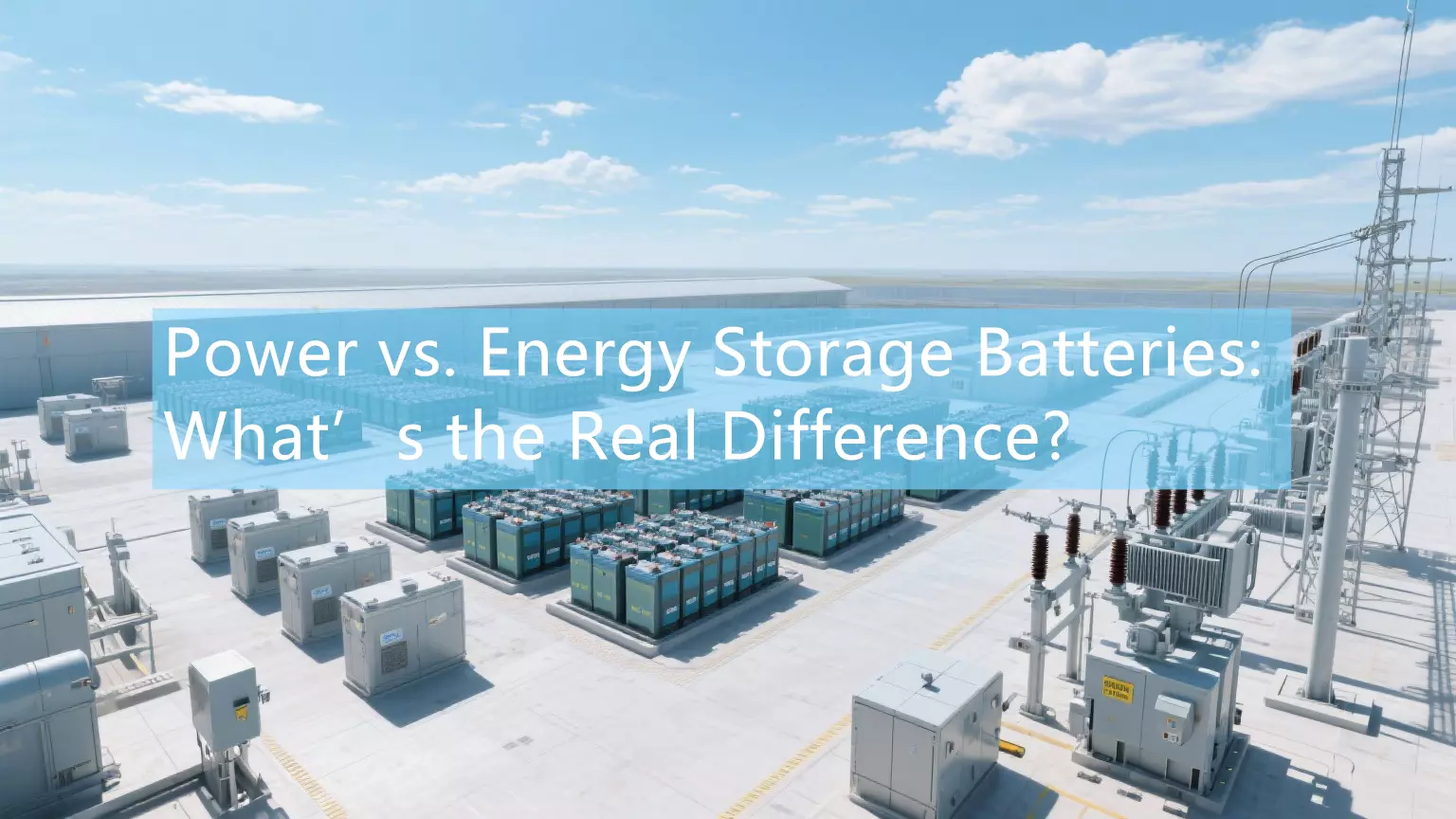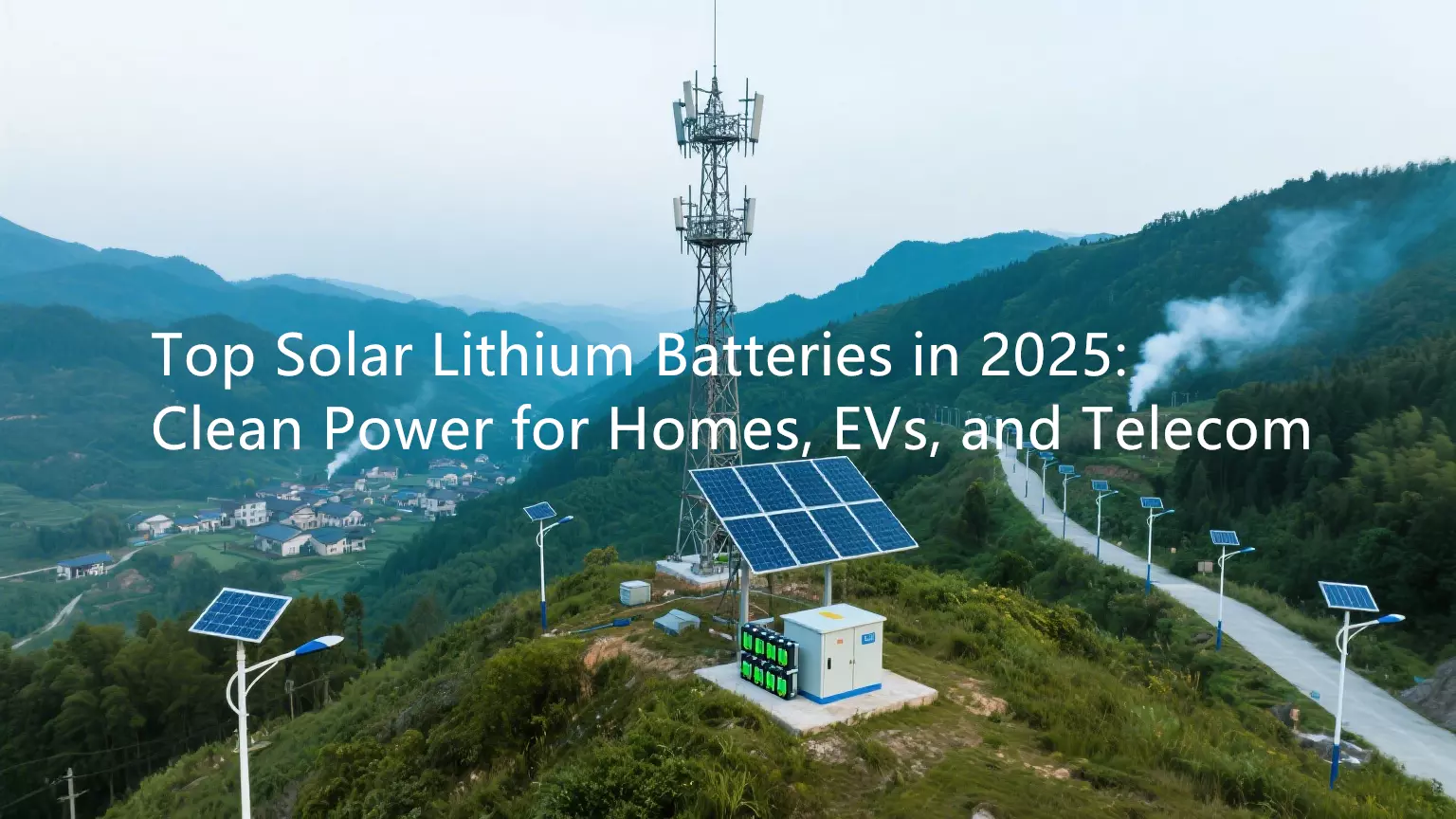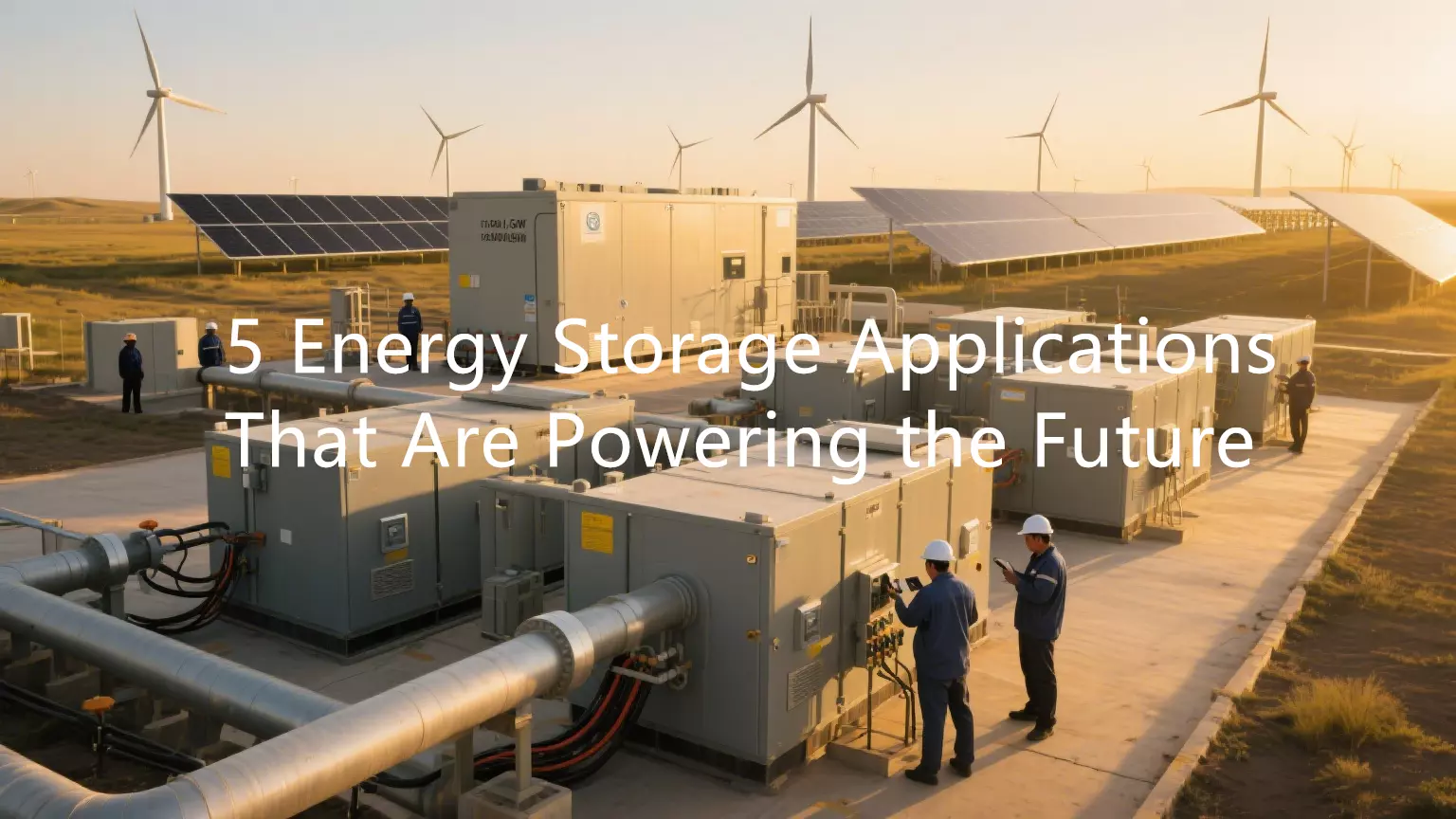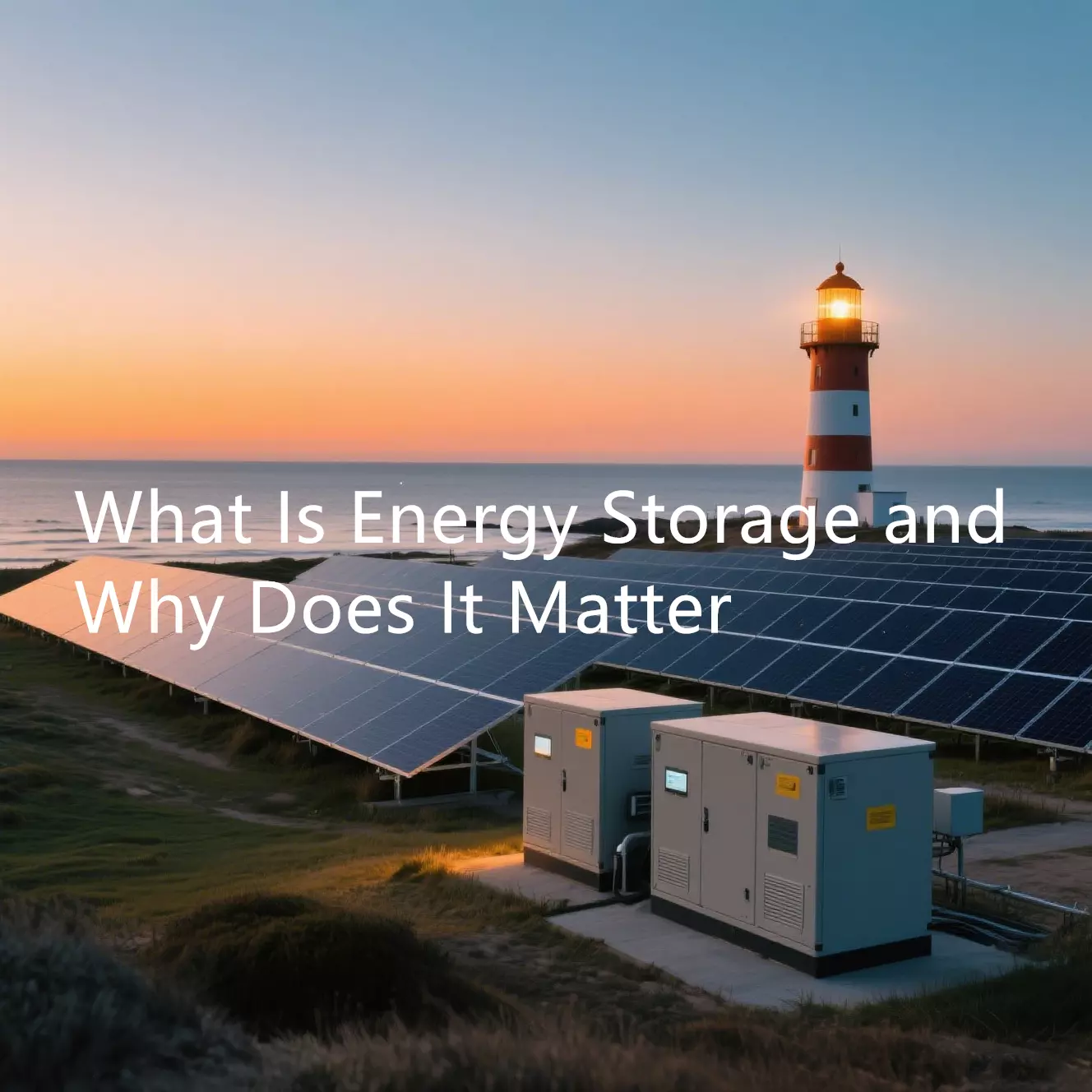With the continuous increase in household energy consumption and the development of renewable energy, more and more people are beginning to consider installing home energy storage systems to improve energy efficiency and reduce energy expenses.
1. What is a home energy storage system?
Home energy storage systems typically include several key components: battery energy storage systems, energy management systems (EMS), charging equipment, and possibly solar photovoltaic panels. These components work together to meet the energy needs of the home, improve energy efficiency, and in some cases enable interaction with the grid.
Home energy storage systems can reduce electricity bills, improve energy efficiency, cope with power outages, and support the use of new energy. They perform well in scenarios such as peak load shaving, backup power supply, and remote areas away from the grid, and are the core technology for future home energy management in the context of clean energy popularization and smart homes.
2. Working principle of home energy storage system
The working principle of the home energy storage system is not complicated. Its core function is to store electrical energy in the battery and release it when needed.
Specifically, when the solar photovoltaic system or other renewable energy system in the home generates too much electricity during the day, this excess electricity is stored in the battery of the home energy storage system. At night or when the demand for electricity is peak, the electricity stored in the battery can be converted into AC power again through the inverter for home use.

3. Main components of home energy storage system
Home energy storage systems usually consist of the following key parts:
- Photovoltaic power generation system: This is a power generation system that uses the photovoltaic effect of semiconductor materials to convert solar radiation energy into electrical energy.
- Battery energy storage equipment: This is the core component of the energy storage system. Common battery types include lithium-ion batteries, lead-acid batteries, and more advanced solid-state batteries. Among them, lithium-ion batteries have become the most mainstream choice due to their high energy density, long service life, and low maintenance requirements.
- Inverter: The function of the inverter is to convert direct current into alternating current for use in household appliances. It can also convert alternating current into direct current when the battery is charged.
- Energy management system: This system is responsible for managing and optimizing the charging and discharging process of the battery. By monitoring power demand, electricity prices, and weather conditions in real time, the energy management system can automatically adjust the charging and discharging strategy to ensure the stability and economy of power supply.

4.Investment in energy storage systems
Home energy storage system prices vary depending on the type of equipment, brand, and size.
Generally speaking, home energy storage systems usually cost between a few hundred and a few thousand dollars. Factors such as installation costs, maintenance costs, and electricity storage operating expenses should also be taken into account.
Although energy storage systems are a higher investment, in the long run, they can help households save energy and reduce energy costs by reducing dependence on the grid and lowering energy expenses.
Conclusion
In recent years, as the world's attention to renewable energy and environmental protection technologies continues to increase, home photovoltaic energy storage systems, as an efficient and green energy solution, have gradually become a new trend in home energy consumption.
Smart home photovoltaic energy storage systems use solar power to provide green electricity to families, which not only saves electricity bills, but also ensures normal power supply when the power grid is out of power, ensuring the stability and convenience of home life. This system has become a popular choice for modern families in terms of energy conservation and emission reduction.





